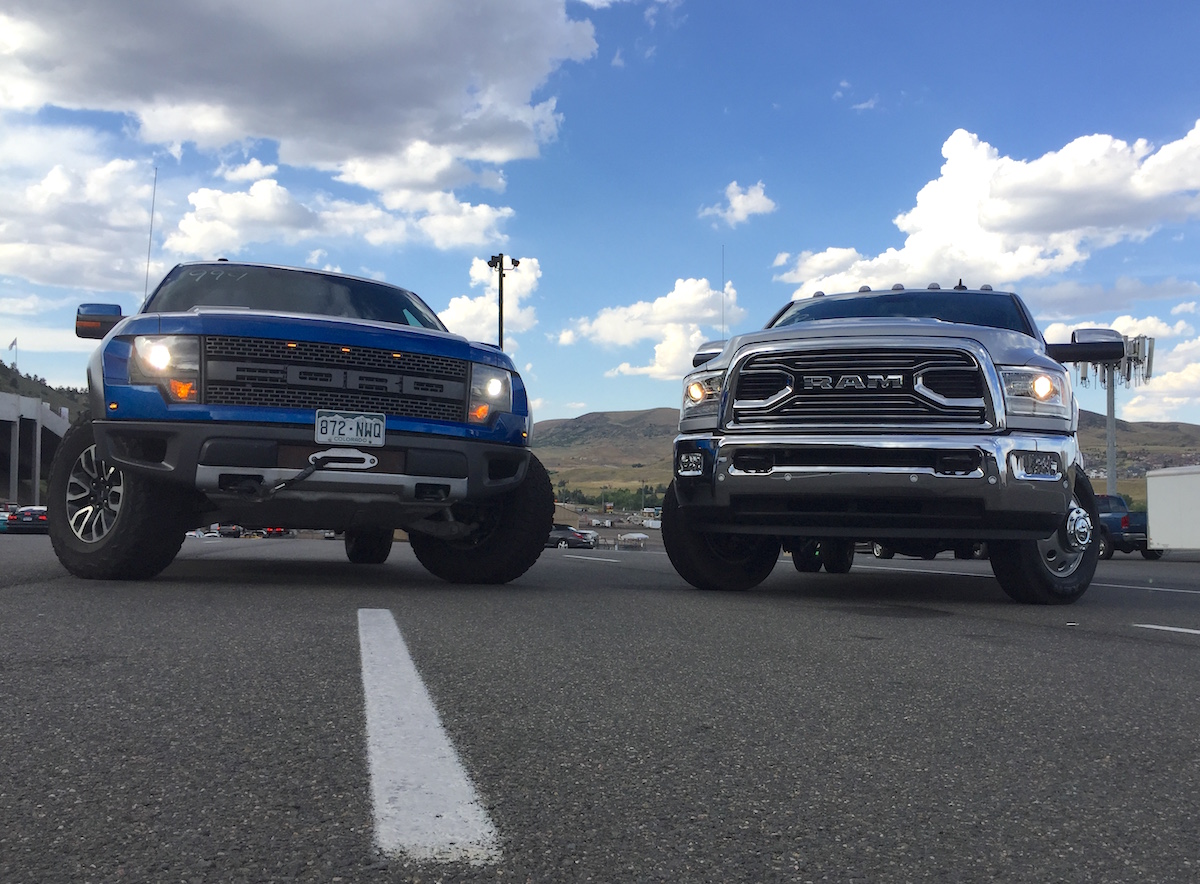
The BFGoodrich Rugged All-Terrain (Trail Terrain) tires we added to our Ford F-150 Lightning serve a purpose (rather than just look cool), but what about range?
We selected BFGoodrich Rugged All-Terrain to replace the factory Hankook Dynapro AT2 tires, as we needed a more robust tire for our Amps to Alaska, #NorthernLightning adventure. The Dynapros were more than adequate for daily use, and they didn’t do too bad off-road either. Still, the conditions we’re expecting could necessitate the need for thicker side-walls and beefier tread. Just like the Dynapro, the BFG is sized 275/60R20. We opted to keep the wheels from Ford as they are lightweight and built for aero efficiency.
The loop is just over 160 miles, taking place on mostly highway roads.
300 miles vs 320 miles, just because of the wheel and tire combination. That’s right, the Lightning Lariat is rated at 320 miles maximum range, with the big battery. The Lightning Platinum, which is loaded with just about every option, also has larger wheels and is rated at 300 miles. Ford engineers told me it’s mostly because of the heavier, less efficient wheels.

But bro! I NEED my rollin’ bling!
This is a lesson for all of you fans of outrageously large wheels on your trucks, your performance will suffer. Not just efficiency, but acceleration, handling, braking and (possibly) reliability. That extra mass your truck has to rotate is not doing your rig any favors. The same can be said for bigger rubber, but you can do more with beefier tires.
Did I mention that your ride will suffer too? Yep, it will. Still, with the prospect of higher fuel and energy costs out there, is it even wise to go to a tire we know isn’t as efficient as the one it replaces? What we need to know is exactly how it will erode our range, and (at the same time) how a larger wheel performs against it as well. This is why we matched the Lariat and the Platinum F-150 Lightnings.
In this video, Andre and Tommy put these two trucks to the test, and the results are pretty interesting.















![Which is More Reliable: 3.5L EcoBoost or 5.0L V8? [Reader Question] Second-generation 3.5-liter EcoBoost engine](https://tfltruck.com/wp-content/uploads/2016/05/Second-generation-35-liter-EcoBoost-engine.jpg)
![Which Silverado Engine to Get: 5.3L or 6.2L V8? [Ask TFLTruck] 2016 chevy silverado](https://tfltruck.com/wp-content/uploads/2015/10/2016-chevy-silverado-grille.jpg)
